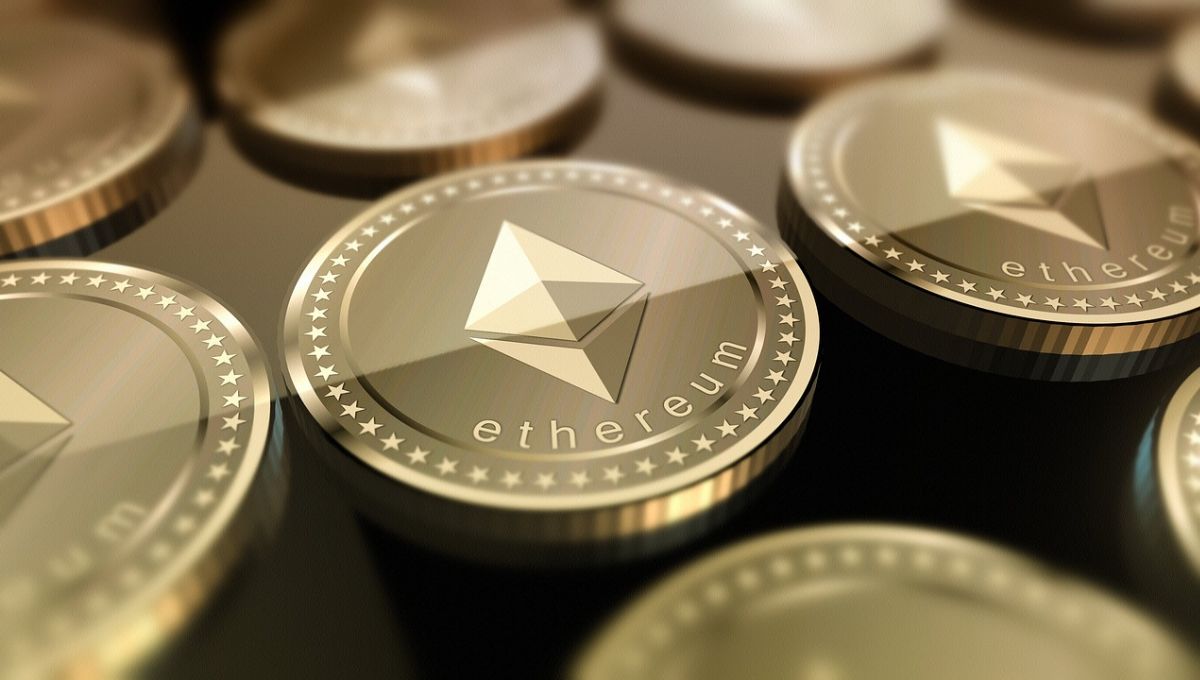Some of the largest Ethereum whales are active on most decentralized networks as they accumulate tokens. Chainlink (LINK) and other altcoins on the decentralized protocols are the preferred tokens of the Ethereum whales.
The blockchain tracking form, WhaleStats, disclosed that the top 100 whales on the Ethereum network have the same preferences. Stablecoins, some selected altcoins, and Chainlink made up the most in-demand tokens.
Large Ethereum Whales on the Prowl
The WhaleStats reports also revealed that Ethereum whales are moving largely toward the Serum tokens. The decentralized derivative exchange token has become a hot cake among this category of whales.
On average, $299.01 was spent on acquiring 249,918 SRM tokens by the whales. More importantly, the whales have the financial muscle to do as they wish in the market, no matter the price.
Meanwhile, most wealthy traders and investors have an appetite for decentralized finance (DeFi) tokens. The yield-optimizing protocol is popularly known as the Yearn. Finance (YFI) is seen as one of the hotcakes by whales.
Moreover, the whales are reported to have spent $25,883 on three YFI tokens. This shows the average price the whales are willing to pay to acquire their choice of coins. Likewise, the decentralized exchange aggregator token, 1INCH, sits in the tenth place as the whales plunge on the token.
3,096 1INCH tokens were purchased at $3,020 by the whales. Again, this is not surprising considering the extent wealthy whales can go when buying tokens amid the dip.
The FTX (FTT) token has an average price of $301,121, representing 9,847 FTT. Token holders sold the Rari Governance (RGT) tokens for $10,240 for 1,482 tokens. The TRIBE token, the native token of the Fei protocol, sold for an average price of $6,936 for 27,557 TRIBE.
Lastly, the two most sought-after tokens by the whales are the US Dollar Coin (USDC) and Tether (USDT). The two stablecoins are the most accumulated among the Ethereum whales, with USDC at the top spot.
The recent market slump may have presented the whales with an opportunity to accumulate a variety of tokens. Moreover, the market correction has hurt the performances of most tokens.
Notwithstanding the above conditions, large crypto whales always wait for opportunities like this to take action. The dip period is where traders usually sell off their assets for fear of more losses in the market.
Ethereum’s Market Recovery
Ethereum is the second-largest cryptocurrency in terms of market cap behind Bitcoin. The token is regarded as the king of the altcoin for its undisputed market influence.
However, the past few months have turned out to be a challenging period for the token due to the market correction. The recent market slump also plays a role in Ethereum’s continued underperformance.
The altcoin token appears to have started its recovery following the low outflow it has recorded over the past weeks. Ethereum is poised to bounce back in time for the next price rally.

